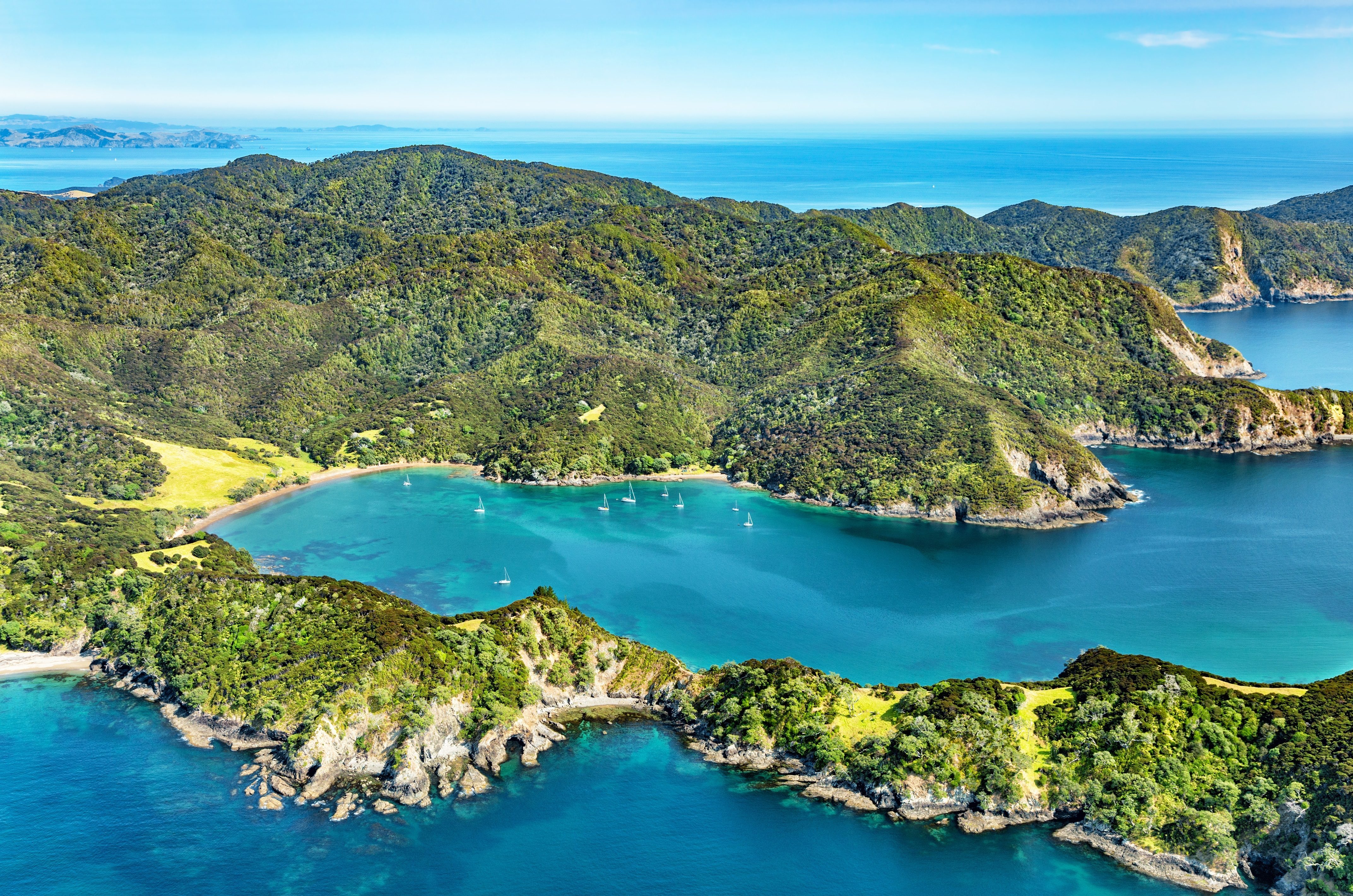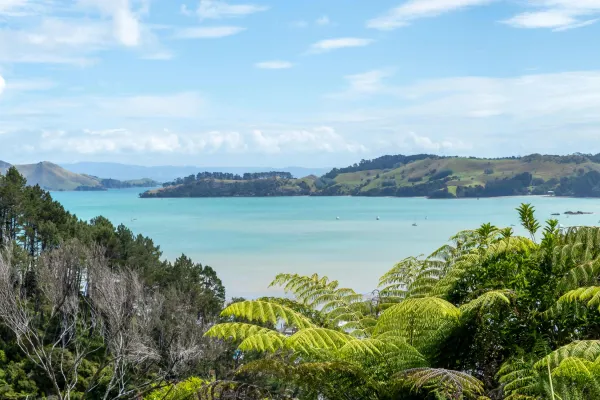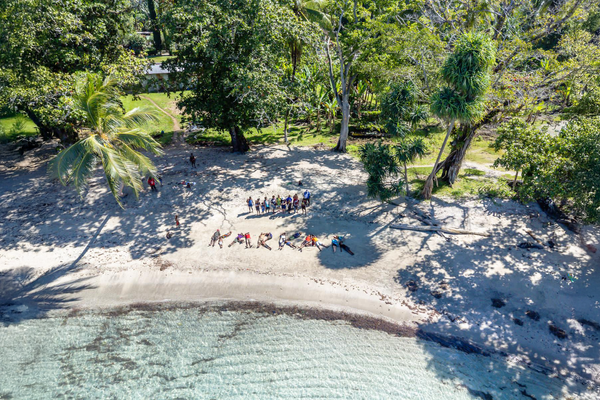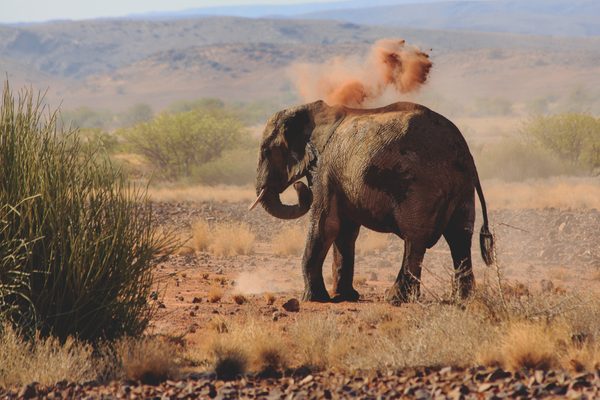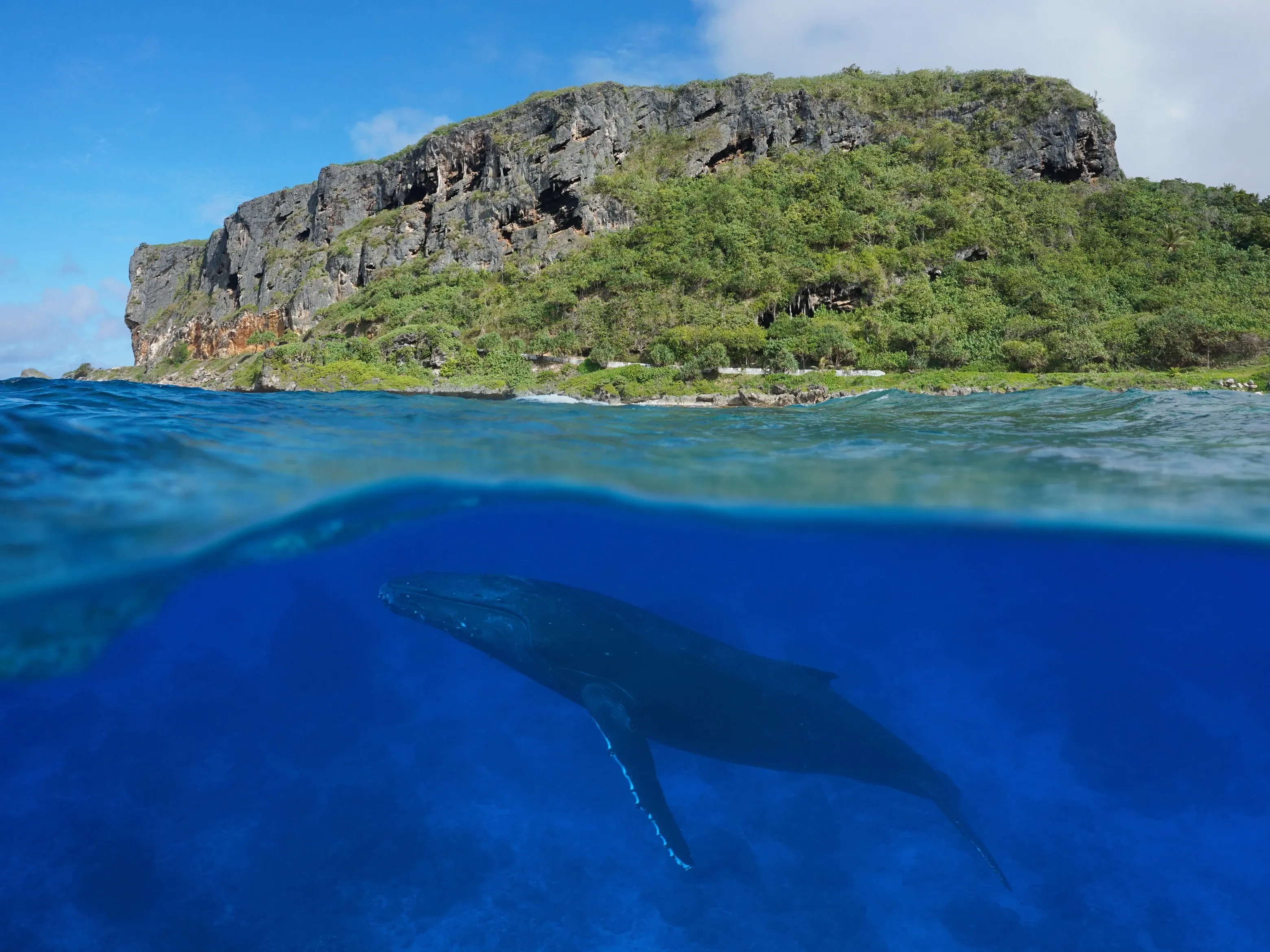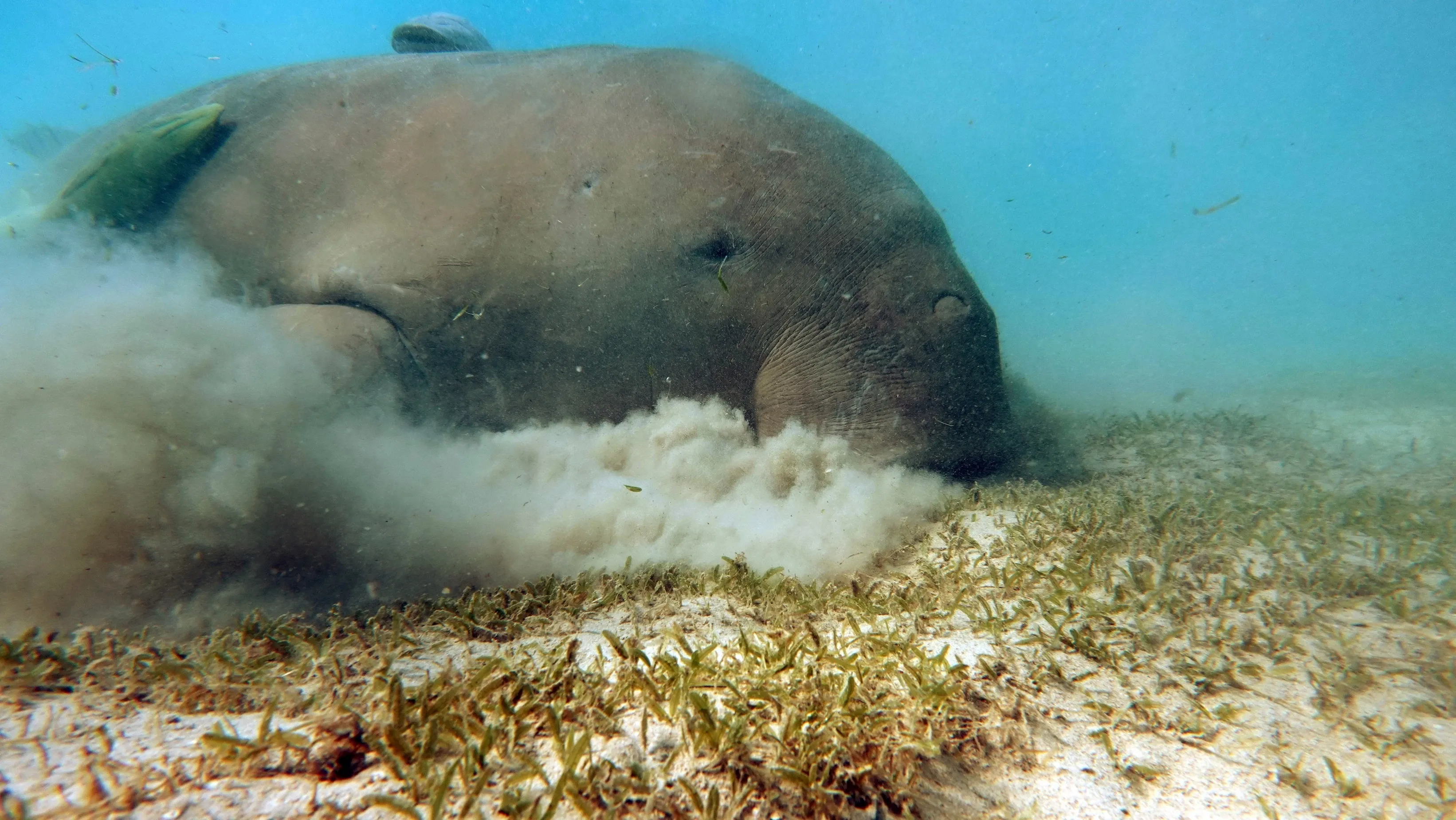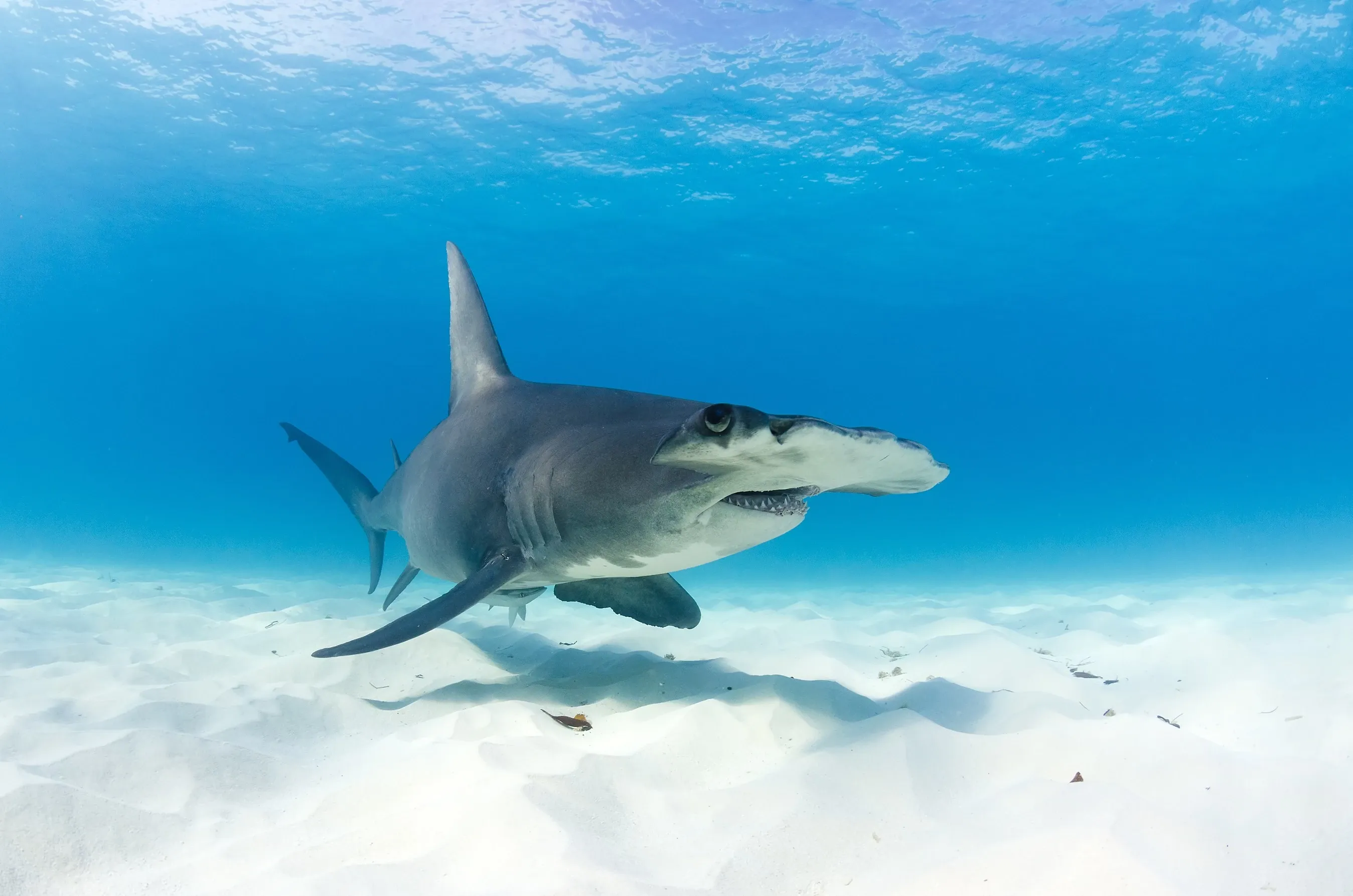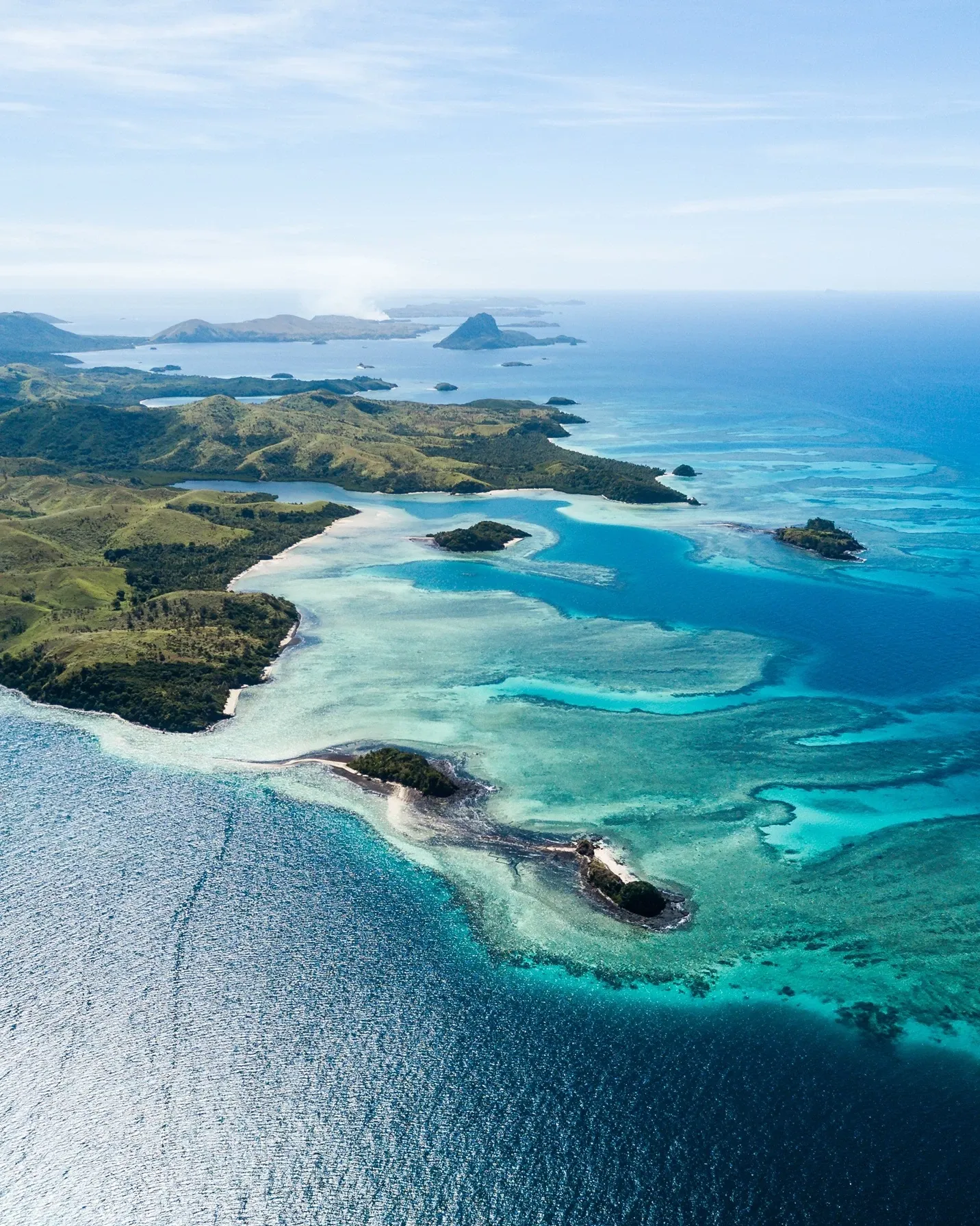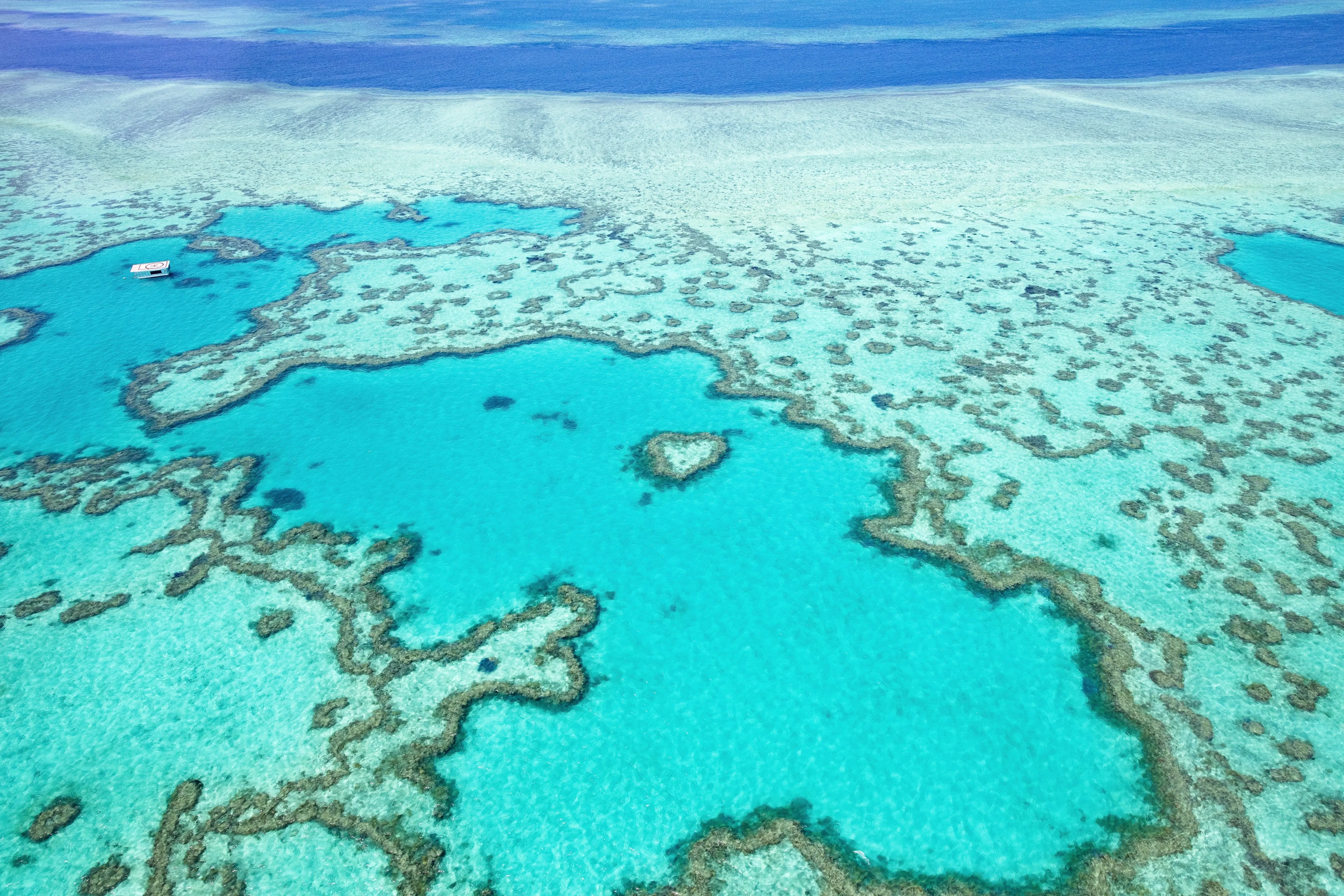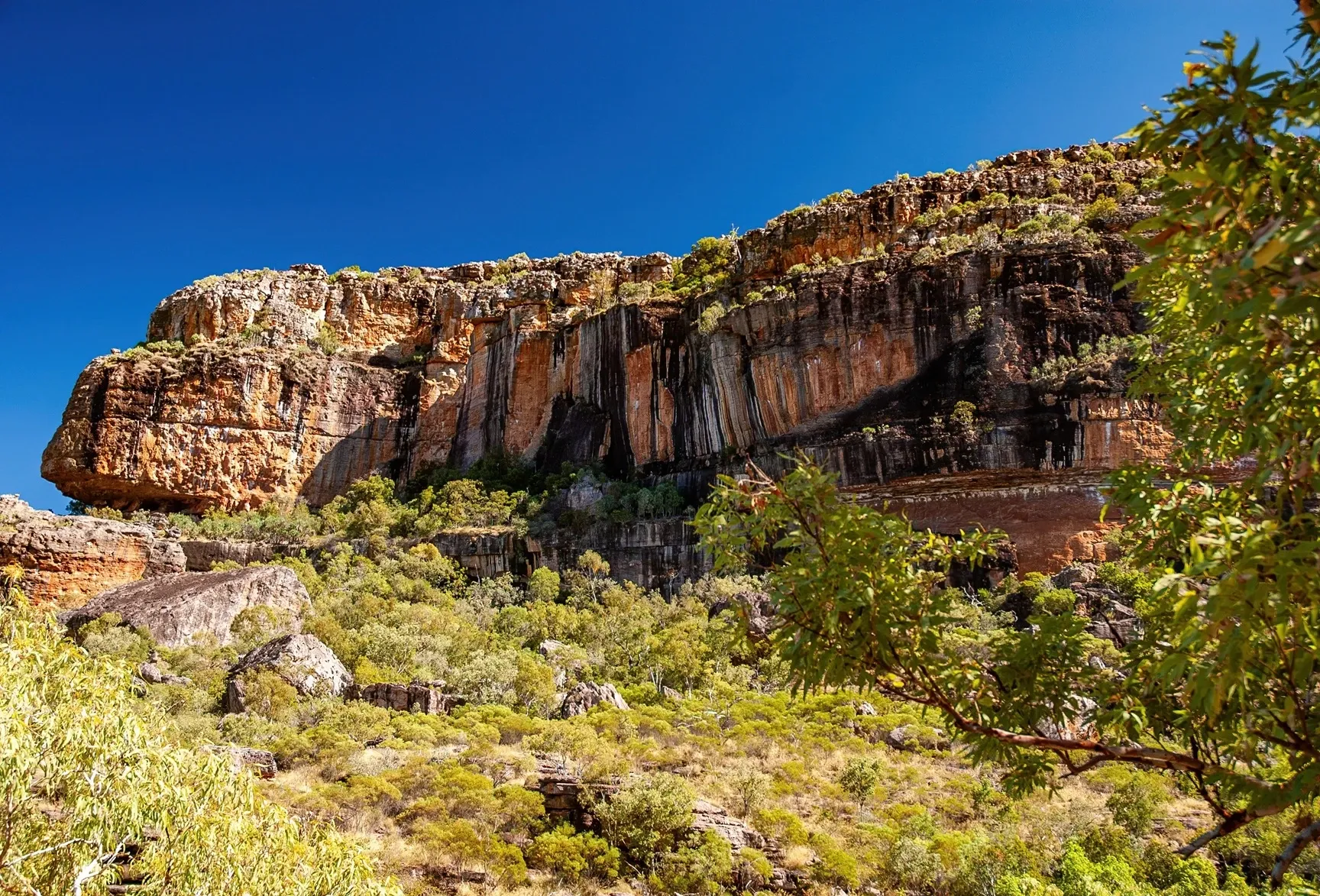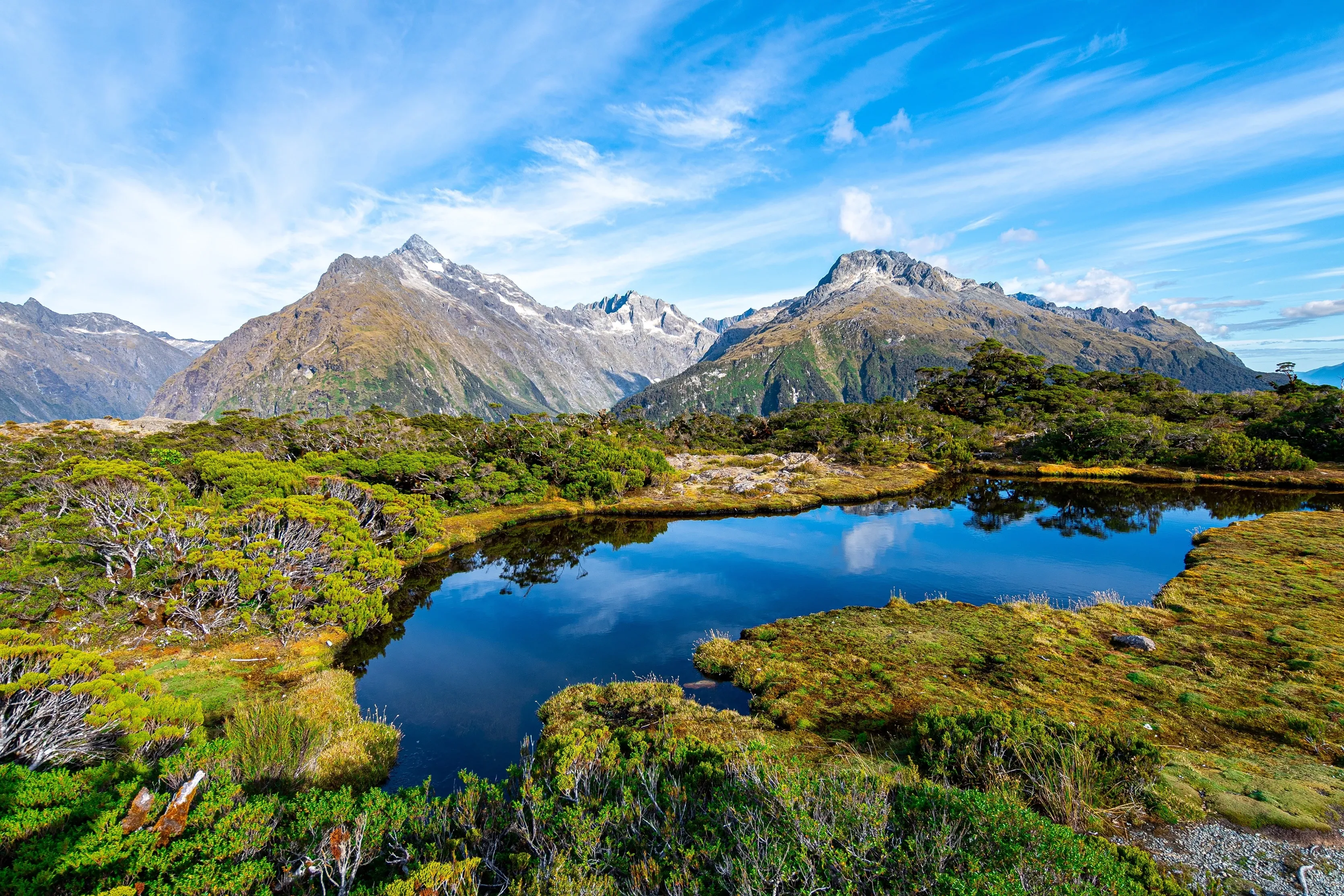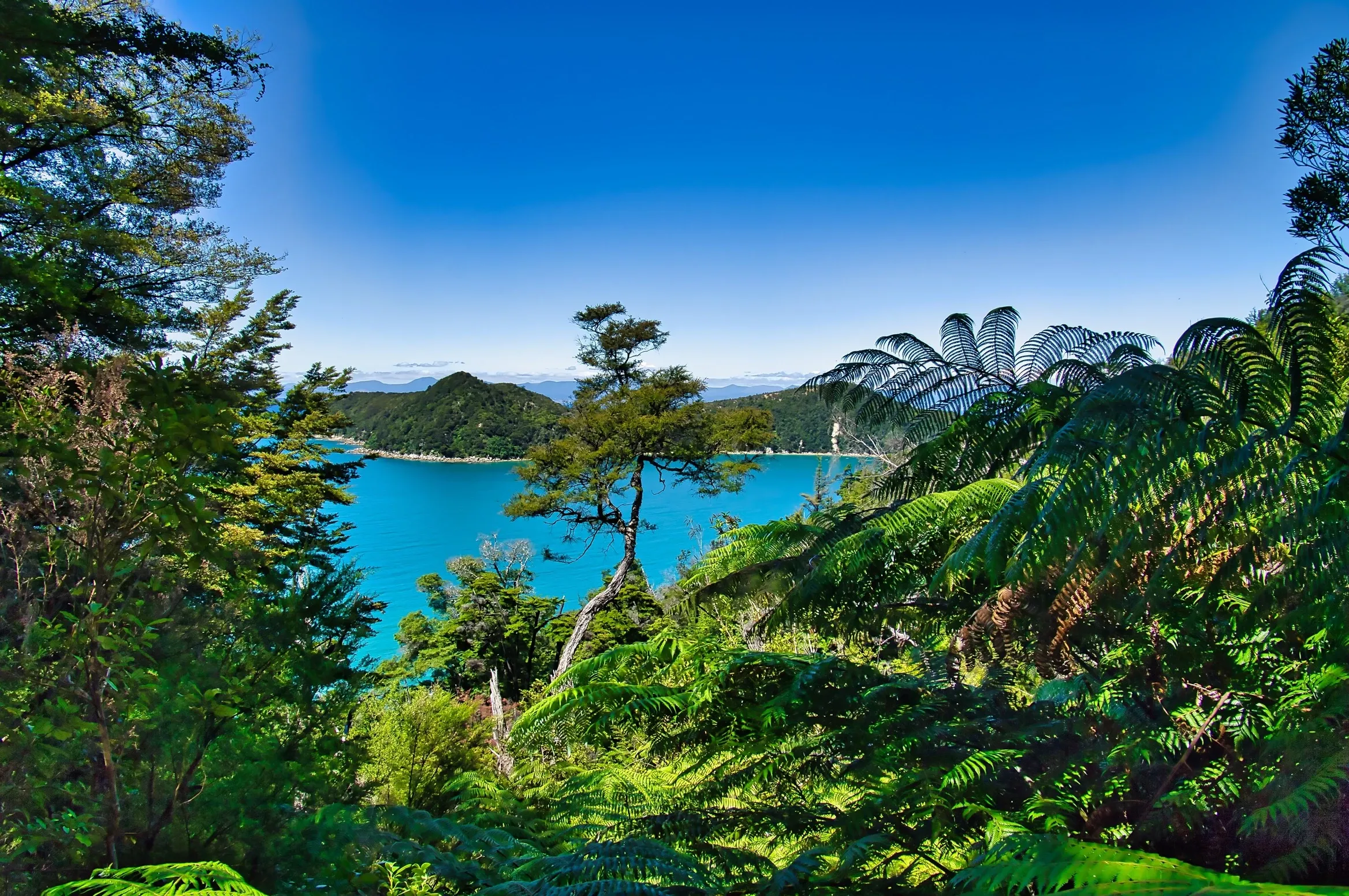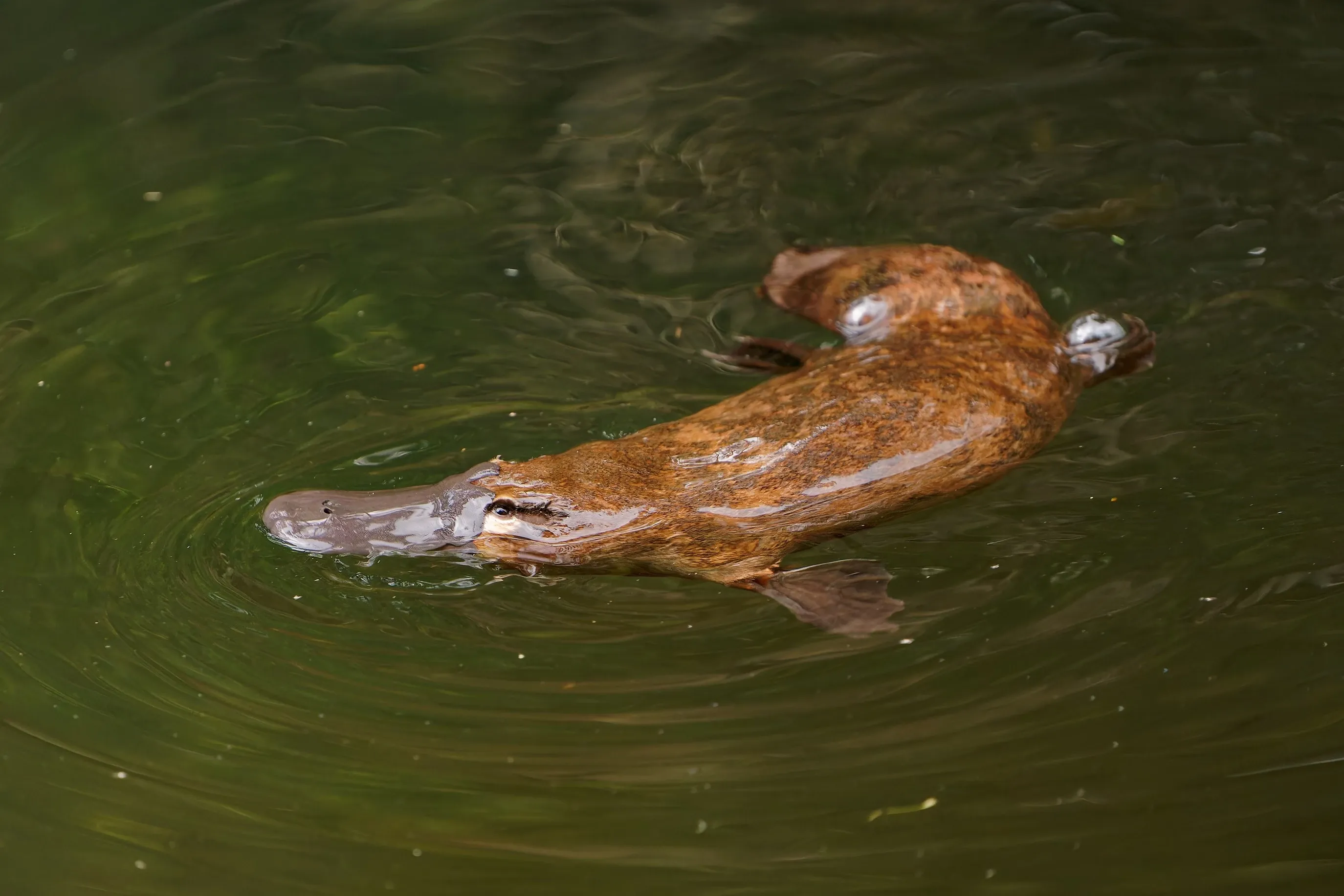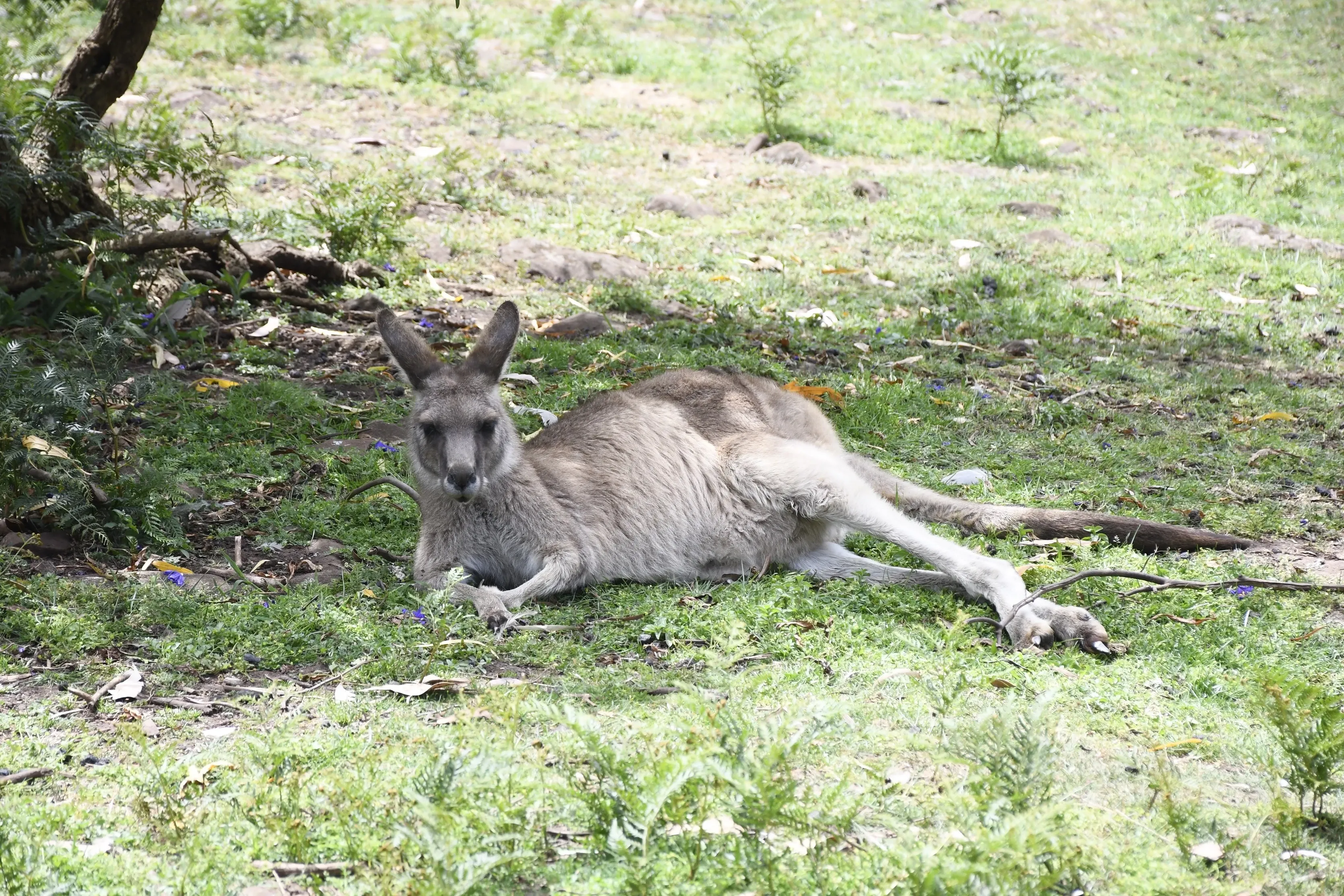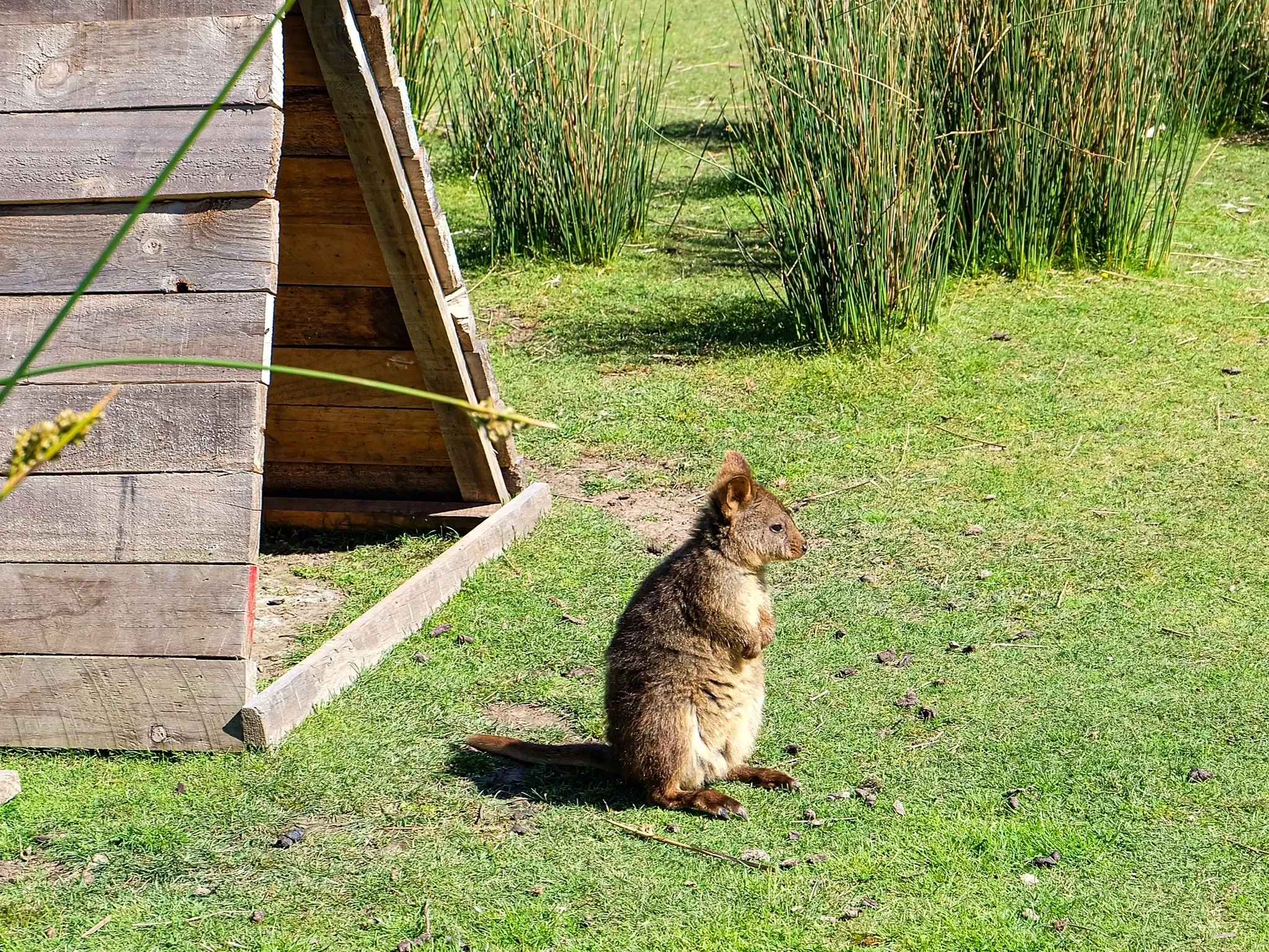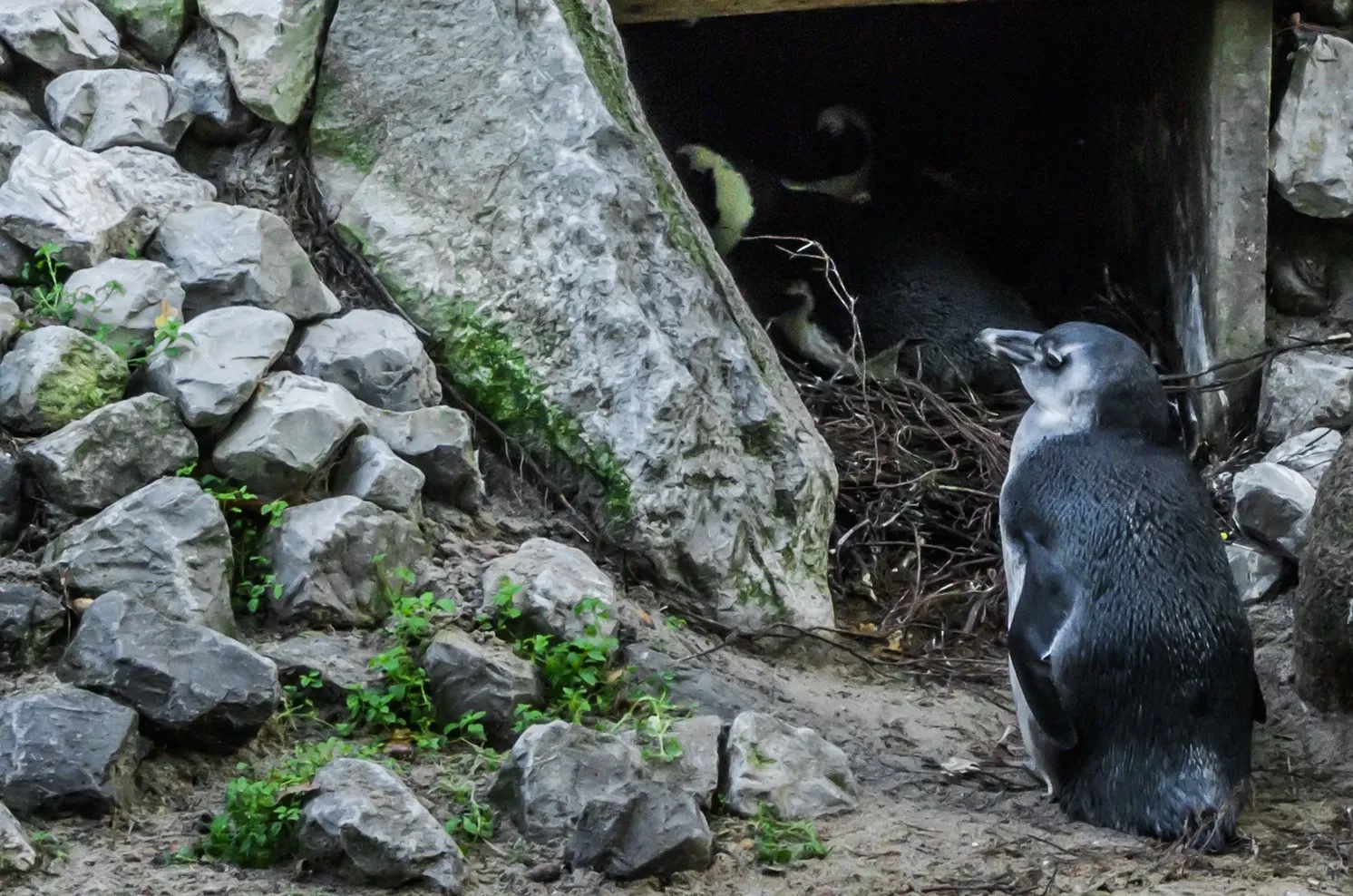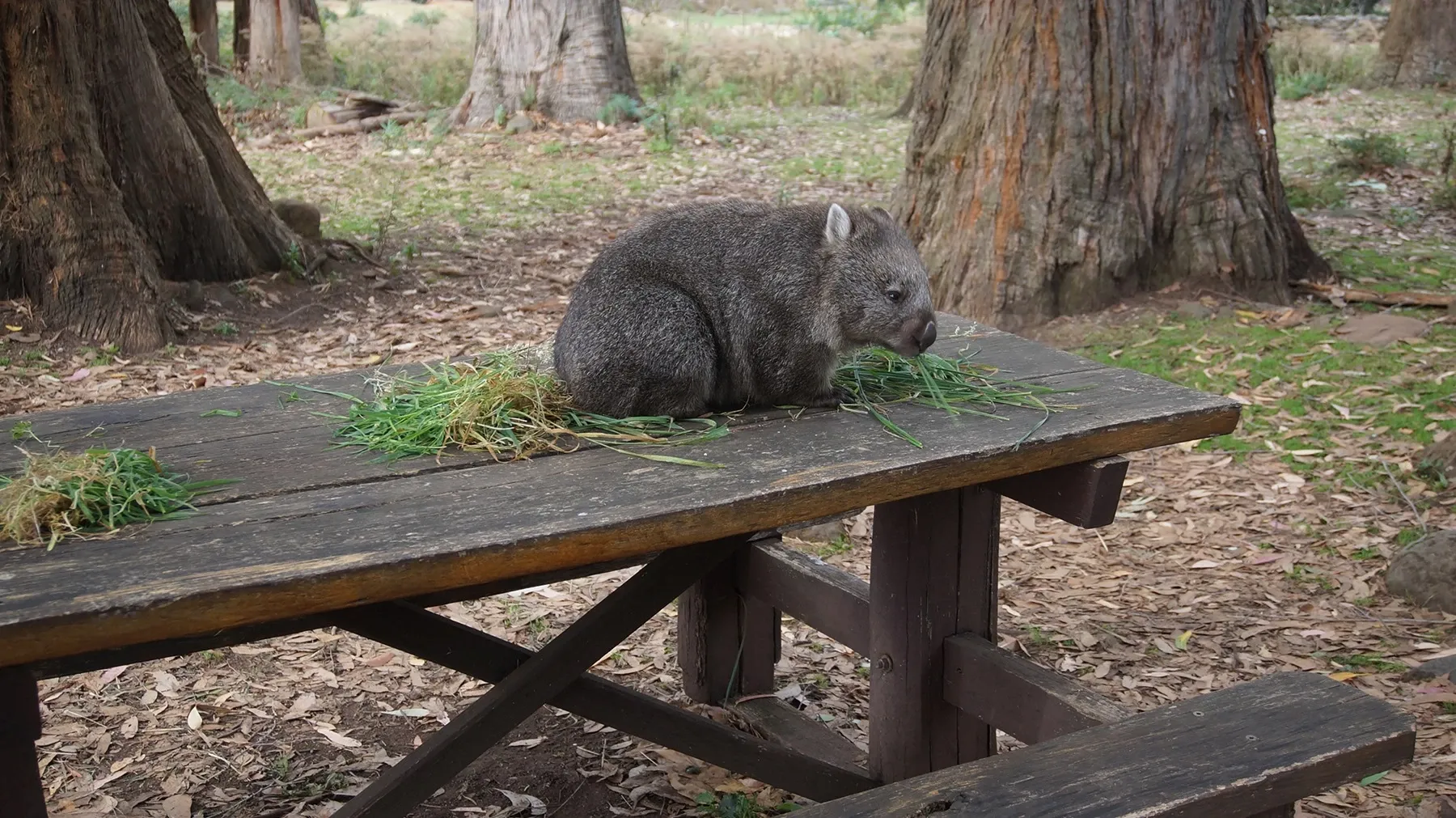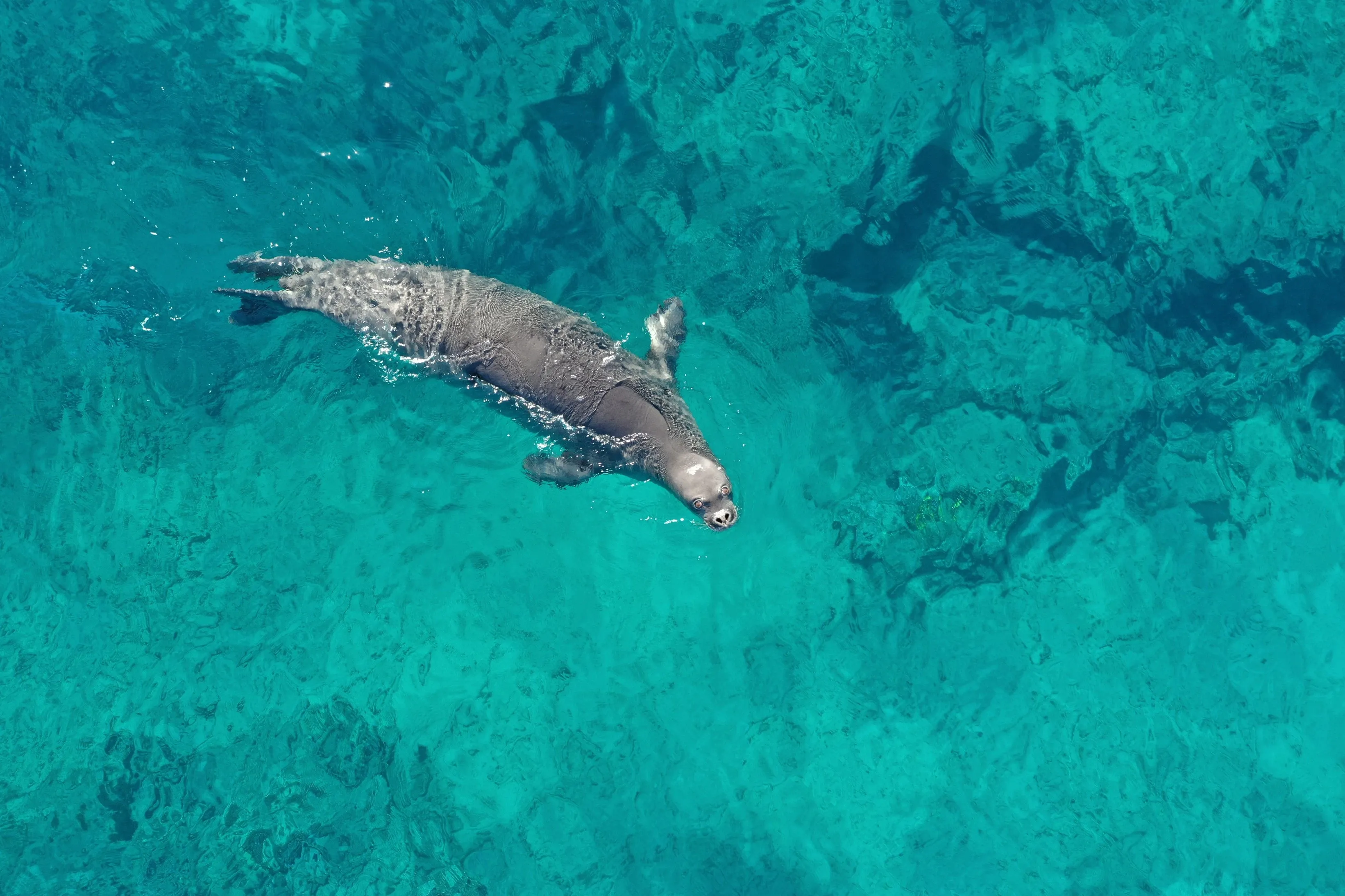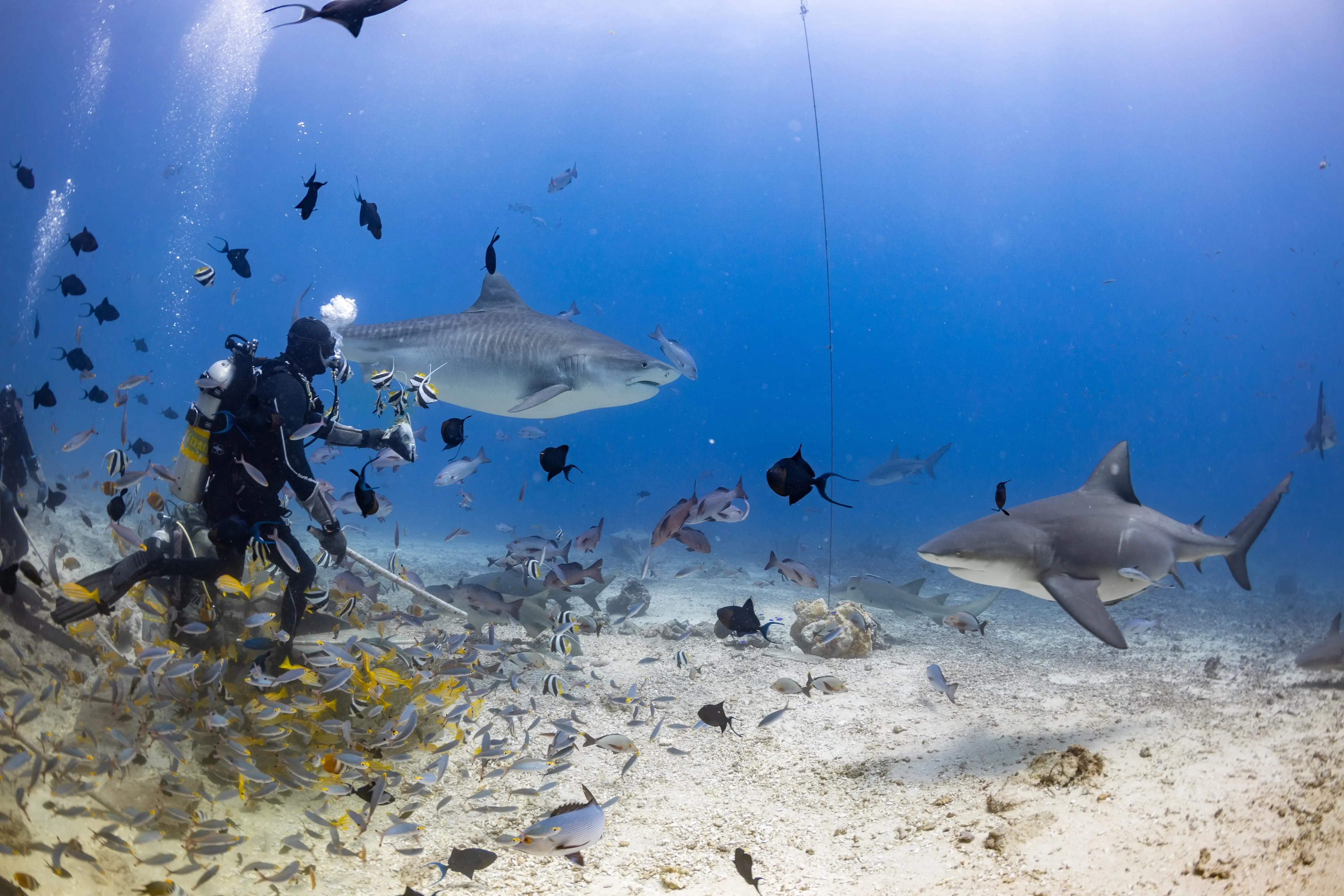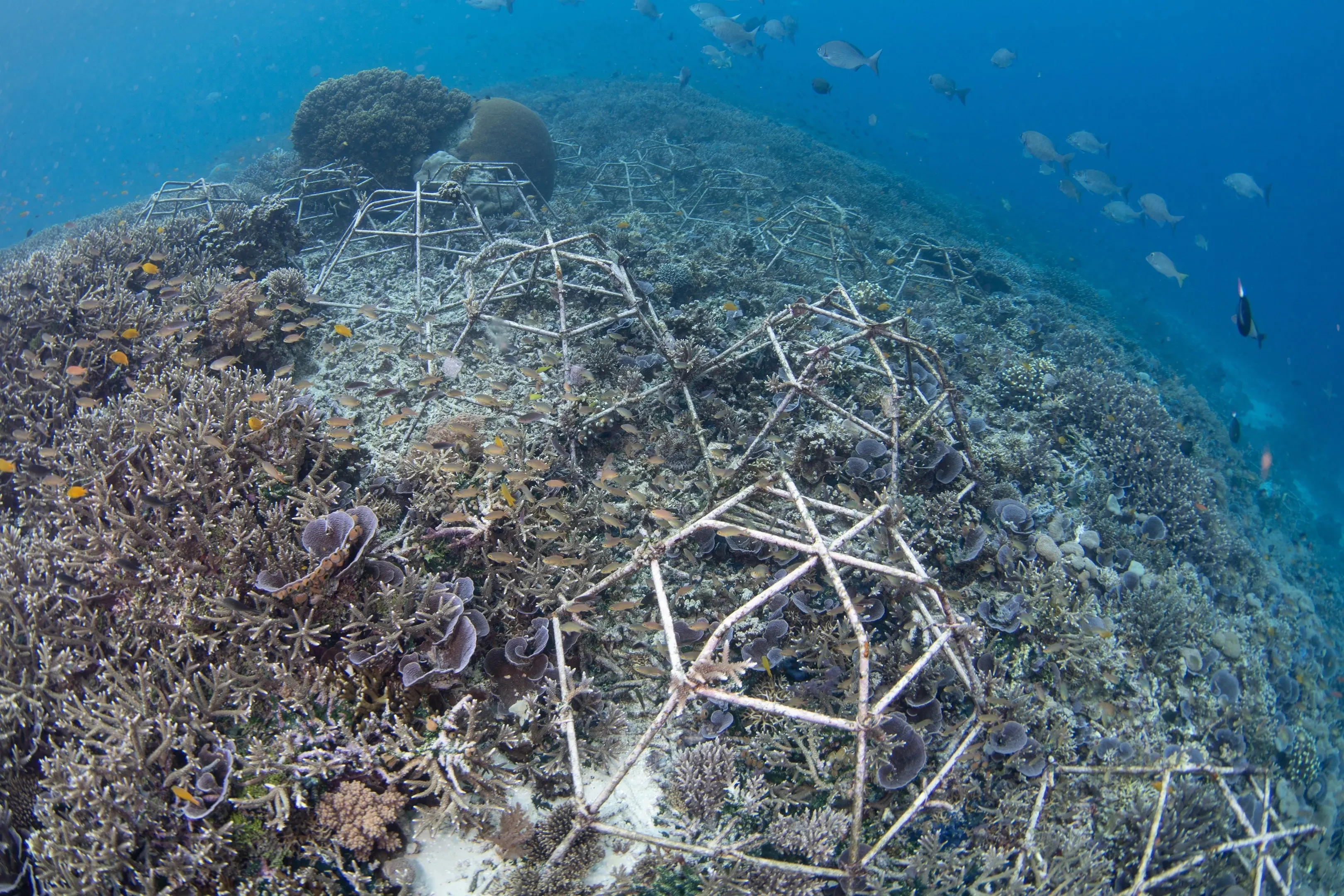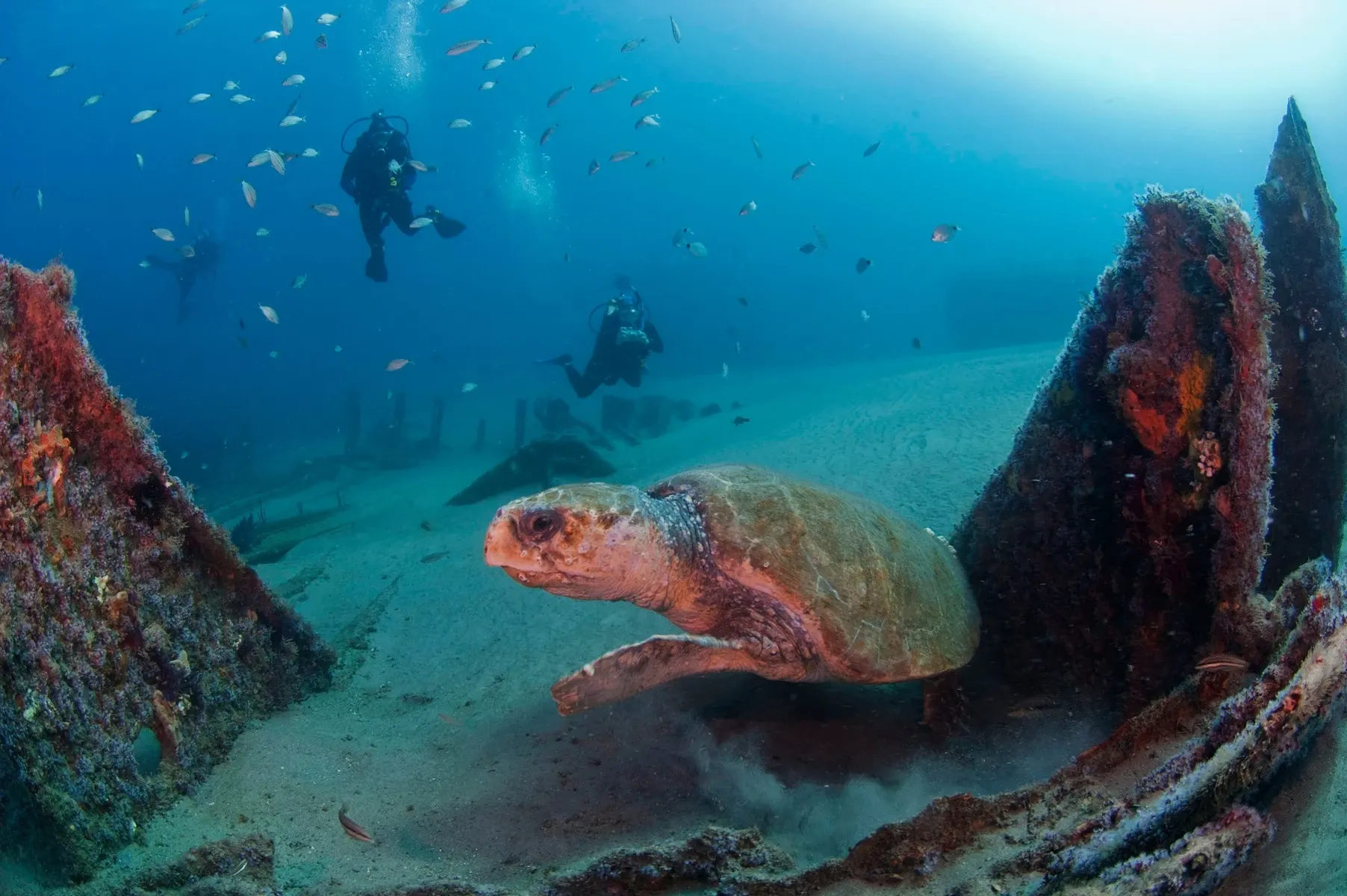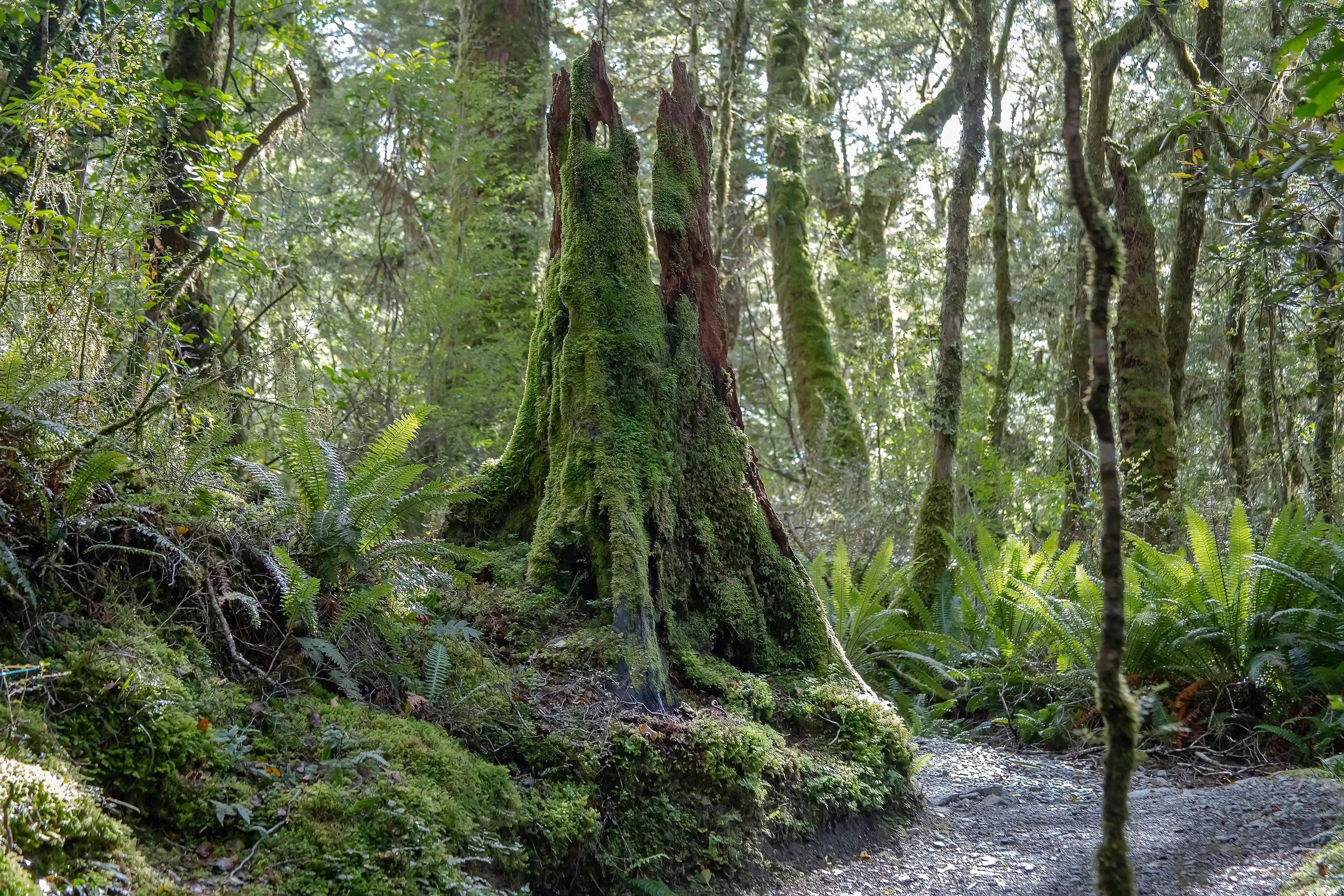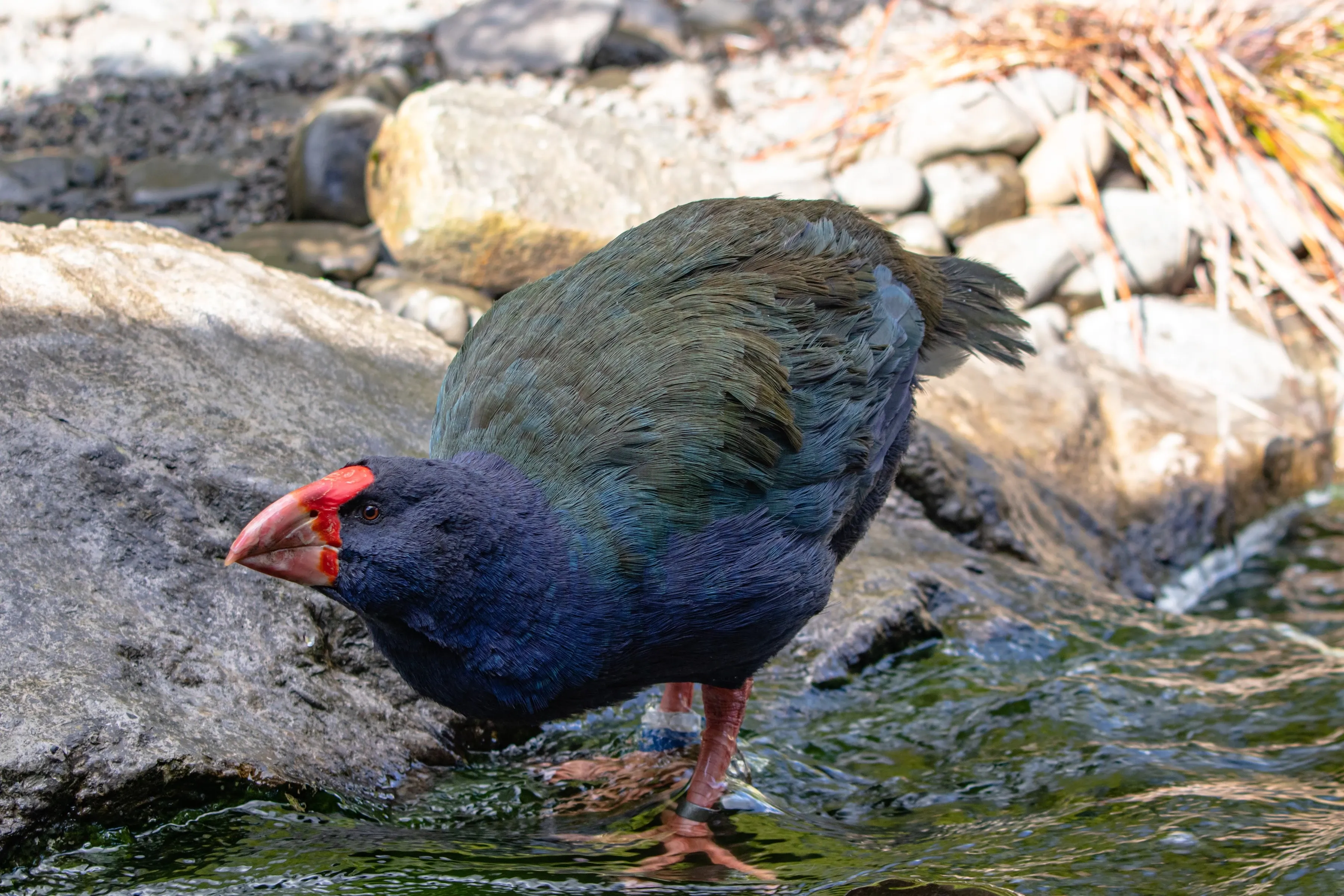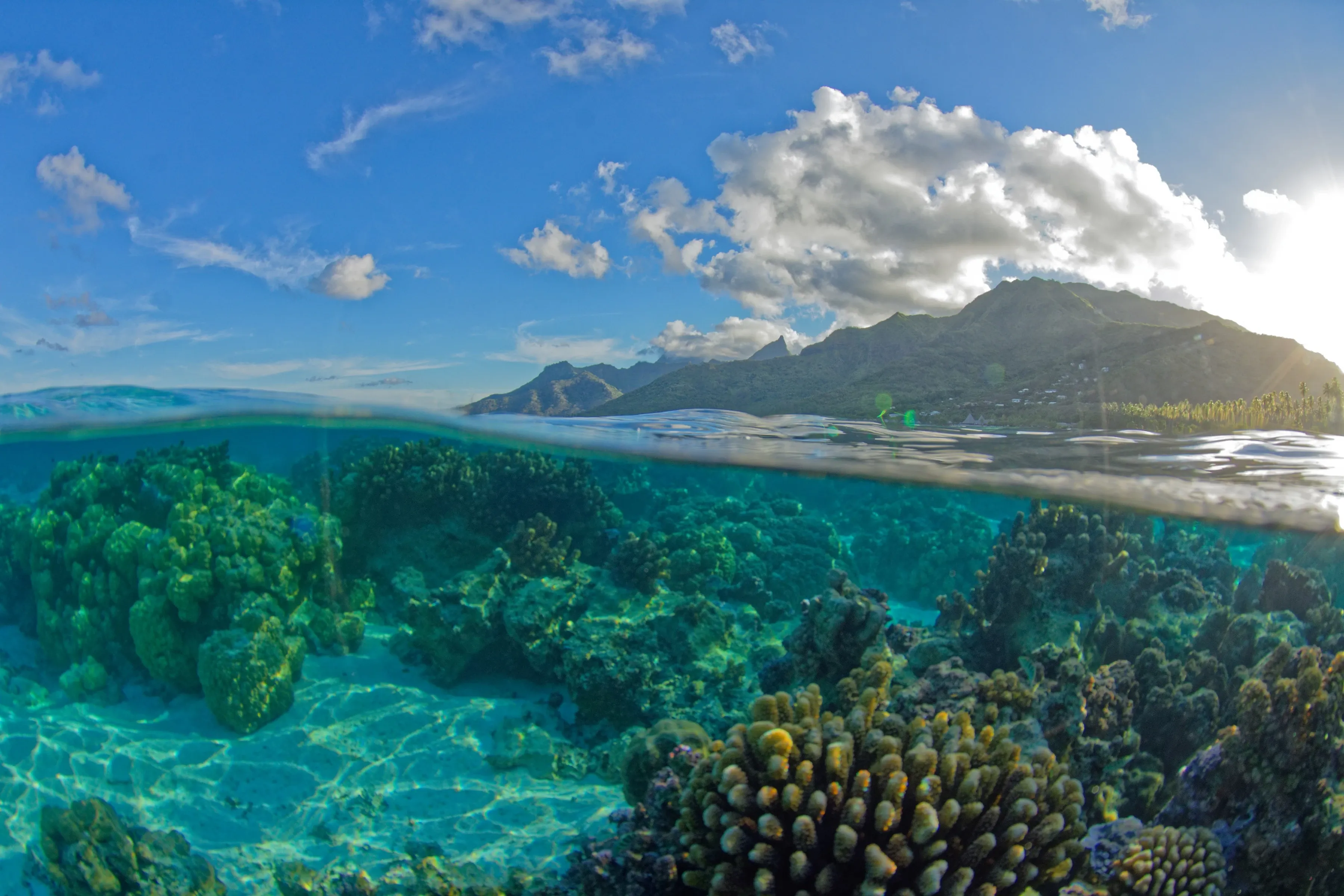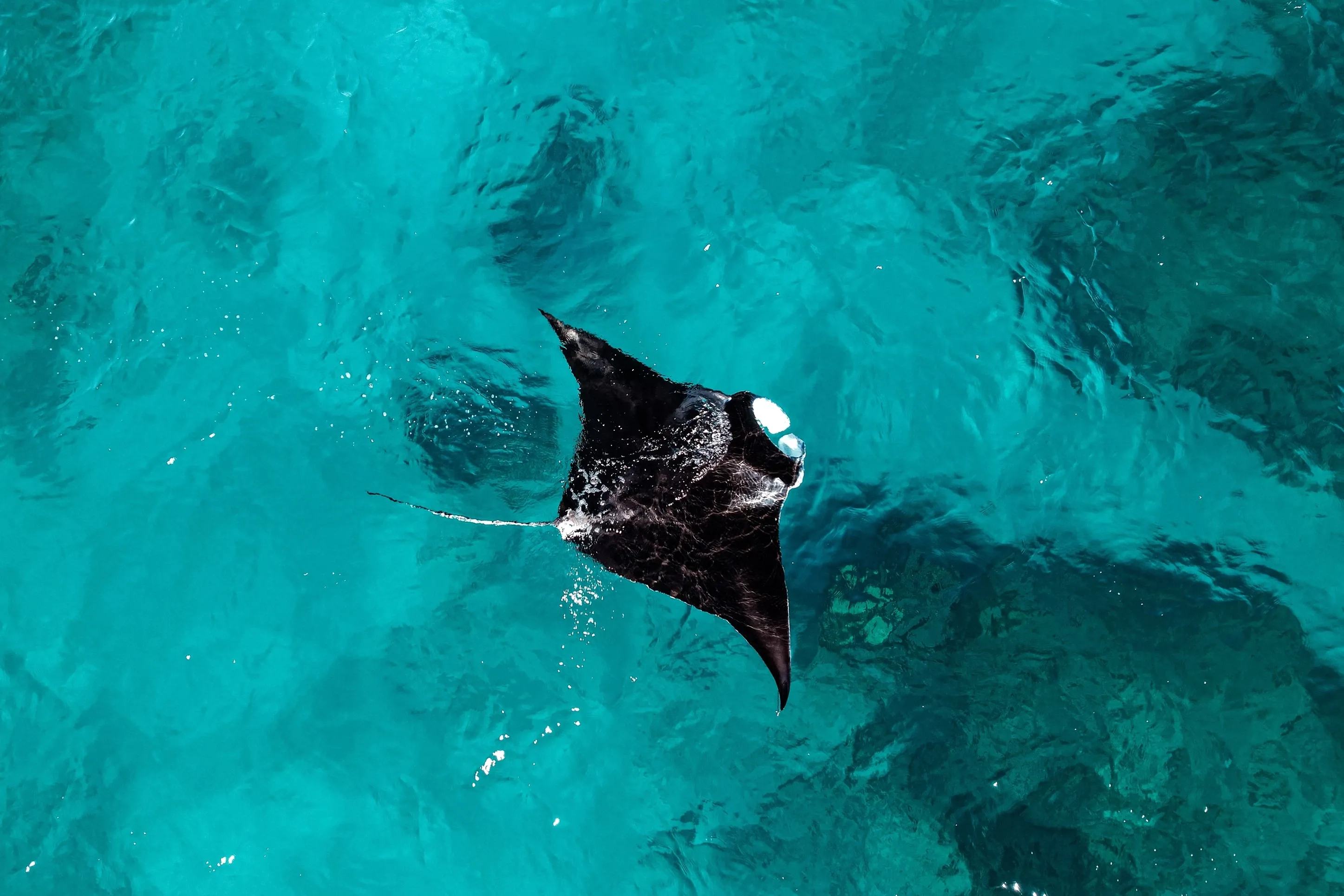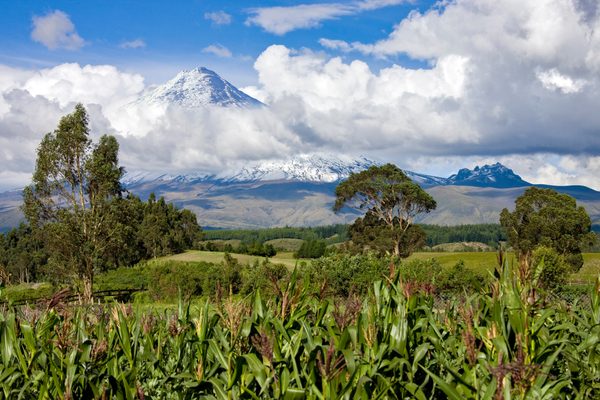Volunteering in Oceania
Volunteering in conservation throughout Oceania provides an unparalleled opportunity to engage with its diverse ecosystems and contribute significantly to environmental protection. From the vibrant rainforests of Papua New Guinea to the stunning coral reefs of Australia's Great Barrier Reef and the unique landscapes of New Zealand’s fjords, volunteers can partake in a myriad of impactful activities.
These range from coral restoration in Fiji’s marine sanctuaries and habitat restoration in Tasmania's ancient forests to wildlife monitoring for the protection of endangered and protected species such as the Kiwi in New Zealand, Koalas or Kangaroos in Australia, and the non-researched rough-toothed dolphins in French Polynesia. Additionally, volunteers can get involved in community-driven conservation projects across the Pacific Islands such as New Caledonia, Samoa, Vanuatu or the Salomon Islands.

Oceania is celebrated for its extraordinary biodiversity, encompassing tropical rainforests, expansive deserts, crucial marine habitats, and isolated island ecosystems. However, the region faces significant conservation challenges including climate change, invasive species, and habitat loss.
Volunteering in Oceania offers a chance to learn about advanced conservation techniques, engage with indigenous communities, and collaborate with organizations dedicated to preserving the region’s unique wildlife and habitats. The landscapes range from the serene beaches of Hawaii to New Zealand's rugged mountains and Australia’s vast outback. The experiences gained from indigenous conservation methods, the personal growth encountered, and the connections made with fellow volunteers are as varied and enriching as the region itself.
Highlights of volunteering in Oceania:
- Engage in coral restoration projects to help protect and rejuvenate vital marine ecosystems.
- Participate in wildlife monitoring programs to safeguard endangered species
- Contribute to habitat restoration efforts in the ancient forests
- Collaborate with Pacific Island communities on innovative conservation initiatives to combat the effects of climate change and habitat loss.
- Learn from and work alongside indigenous groups to incorporate traditional ecological knowledge into modern conservation practices.
Why volunteering in Oceania?
Volunteering abroad in Oceania offers a unique chance to immerse yourself in a region renowned for its extraordinary biodiversity and rich cultural heritage. From the vibrant coral reefs of Hawaii, the vast deserts in Australia, to the ancient forests of Tasmania or New Zealand and the white-beaches of Fiji, Oceania presents a captivating array of landscapes and unique species.
Volunteers can engage in activities such as coral restoration to revive marine ecosystems, wildlife monitoring to protect endangered animals like Kiwis, Koalas, Platypus, Tasmanian devils, humpback whales, or hammerhead sharks, as well as habitat restoration projects to preserve crucial environments. Additionally, community-driven initiatives across the Pacific Islands focus on sustainable practices and climate change adaptation, providing meaningful opportunities to support local conservation efforts.
Oceania’s fusion of traditional ecological knowledge and modern conservation techniques offers a deep learning experience, allowing volunteers to expand their understanding of environmental stewardship. By participating in these projects, volunteers contribute significantly to safeguarding the region’s natural wonders and fostering resilient, sustainable communities throughout this remarkable part of the world.

What kind of volunteering projects are in Oceania?
In Oceania, a broad array of conservation volunteering opportunities awaits, encompassing coral reef restoration, wildlife monitoring, habitat restoration, marine conservation, and community-based environmental initiatives. Volunteers can engage in efforts to rejuvenate vital marine ecosystems, safeguard endangered species, and restore critical habitats across diverse landscapes. These opportunities enable participants to actively contribute to the protection of Oceania’s unique biodiversity and support sustainable practices throughout the region.
#1 Volunteering in wildlife protection
Volunteering in wildlife protection across Oceania provides the opportunity to safeguard unique and endangered species such as the Kiwi or Kākāpō in New Zealand, the Koala or Tasmanian Devil in Australia, and sea turtles or great white sharks in the Pacific Islands. Volunteers can engage in activities such as assisting with wildlife rescue and rehabilitation, supporting conservation efforts in sanctuaries, and contributing to habitat restoration projects essential for species survival. Additionally, volunteers often work on educating local communities about wildlife protection and fostering coexistence with these remarkable creatures..

#2 Volunteering in research and monitoring
Volunteering abroad in research and monitoring programs across Oceania offers hands-on experience in scientific conservation efforts. Volunteers play a crucial role by collecting data on species populations, ecosystem health, and environmental changes. Tasks may include observing and recording animal behavior, conducting field surveys, and analyzing data to aid in the development of effective conservation strategies. This involvement supports critical research initiatives and provides valuable experience in ecological studies and environmental science.
#3 Volunteering in habitat and forest conservation
Volunteering in habitat and forest conservation in New Zealand, Australia and other Islands of Oceania includes activities such as reforestation, invasive species management, and ecosystem restoration. Volunteers help by planting native trees, controlling invasive plant species, and rehabilitating degraded habitats like tropical rainforests and temperate forests. These efforts are vital for sustaining biodiversity, mitigating deforestation, and enhancing the health of natural environments.
#4 Volunteering in marine conservation
Volunteering in marine conservation across Oceania’s islands such as Fiji, Hawaii, New Guinea and the bigger ones such as Australia and New Zealand provides the chances to be part of various activities such as coral reef restoration, marine wildlife monitoring, and beach clean-ups. Volunteers work on projects that support the protection of endangered species like sea turtles, dugongs, great white sharks and the Hawaiian monk seal, as well as efforts to restore and preserve vital marine habitats like coral reefs and mangroves.
FAQ: How to volunteer in Oceania
What do I need to know when volunteering in Oceania?
To begin volunteering in conservation efforts across Oceania, first pinpoint your specific interest area, such as protecting endangered species, rehabilitating habitats, or safeguarding marine environments. Conduct thorough research on organizations involved in these fields, including local conservation groups and international NGOs, paying attention to their requirements like age restrictions, skill prerequisites, and time commitments.
After identifying a suitable organization, contact them to inquire about available volunteer positions and current projects. Be prepared for potential prerequisites such as training sessions or orientation, especially if your tasks will involve hands-on activities. Ensure you are ready for outdoor work by wearing appropriate gear like sturdy footwear and gloves if necessary.

Once you commit to a volunteering schedule, it’s essential to be dependable to effectively contribute to conservation goals. Engage with other volunteers and experts during your time, as these interactions can enhance your understanding of conservation issues and might lead to future opportunities in the field.
After completing your volunteer stint, take the opportunity to reflect on your experiences. Sharing what you’ve learned can help raise awareness about conservation issues and encourage others to participate in similar efforts.
What do I need to do to prepare for volunteering in Oceania?
Before embarking on conservation volunteering in Oceania, it's crucial to understand several important aspects. Begin by familiarizing yourself with the unique environmental challenges faced in the region, such as the impact of invasive species, coral reef degradation, or deforestation, and how these issues affect local ecosystems and wildlife.
Equally important is gaining insight into the cultural practices and traditions of the area you’ll be working in. This helps ensure respectful interactions with local communities and facilitates a smoother integration into the area. Additionally, being aware of necessary safety measures and health considerations, such as up-to-date vaccinations and having adequate health insurance, will help you navigate the region’s varied environments with confidence.
Prepare for a range of living conditions that may differ greatly from what you're used to. Be ready to adapt to various environments, whether you're working in coastal areas, tropical rainforests, or remote outback locations where many conservation efforts are focused. The climate can also vary significantly. The sun can be very strong, and temperatures can exceed 35°C in some areas, while it can get very cold at night in the mountainous regions of New Zealand, Tasmania, or the vast deserts of Australia.

Please be aware that for most of Oceania's islands, it is necessary to obtain a visa and an ETA (Electronic Travel Authorization) beforehand. Make sure you research which visa you require to enter the country and apply well in advance, as the visa process can take some time. Additionally, while researching your visa requirements, please also review the custom regulations, as they are among the strictest in the world.
Australia, New Zealand, and the other Pacific Islands have unique environments that are heavily protected. The governments of these countries are committed to ensuring that no diseases or foreign elements disturb their ecosystems. For example, hiking boots and camping gear must be cleaned upon arrival to prevent any soil from other parts of the world from contaminating the islands' soil.
With this knowledge in hand, you'll be well-equipped to contribute meaningfully to conservation initiatives in Oceania while respecting and adapting to local cultures and environmental conditions, allowing you to fully immerse yourself in the experience.
Where can I volunteer in Oceania?
Oceania presents a variety of regions where volunteering in conservation can make a significant difference. From the Great Barrier Reef to the rainforests of Papua New Guinea, there are numerous opportunities to contribute to important conservation efforts.
In Australia, you can engage in projects that focus on protecting endangered species like the koala or the northern hairy-nosed wombat or the protected kangaroos, and restoring habitats affected by climate change and urban expansion. Volunteering in coastal and marine environments, such as those along the Great Barrier Reef, offers chances to participate in coral reef monitoring, marine species research such as great white sharks, humpback and gray whales, as well as habitat restoration.
In New Zealand, volunteers can help with forest conservation efforts, such as planting native trees, eradicating invasive species, and maintaining tracks in national parks. By participating in volunteer opportunities in New Zealand you can be part of New Zealand’s biggest conservation effort to become predator free in 2050 and help iconic species such as the flightless kiwi, Kokakos, small reptiles and plants to regain strength to survive. Projects often involve hands-on work in the beautiful but fragile ecosystems of New Zealand’s forests and mountains.

For those interested in marine conservation, there are numerous opportunities on the Pacific Islands. Volunteers can travel to places like Fiji, French Polynesia, and Hawaii to help monitor marine life, including reef fish, sea turtles, seals, and manta rays. Activities may include marine surveys, coral reef restoration, and community education to promote sustainable practices.
Additionally, wildlife sanctuaries in countries like Australia and New Zealand provide opportunities for volunteers to work directly with animals in need. This could involve caring for injured wildlife, participating in rescue operations, and supporting rehabilitation and release programs.
Volunteers in Oceania get the unique chance to work in remote national parks in which not many tourists can visit without a specific permit. In Australia the Great Barrier Reef Marine Park and Kakadu National Park offer volunteers opportunities for marine and wetland conservation. Or the Blue Mountains and Daintree National Parks where volunteers focus on forest and rainforest preservation.

In New Zealand, Fiordland National Park and Tongariro National Park provide volunteer chances to work on glacier ecosystems and volcanic landscapes, with Abel Tasman National Park or the Kauri Coast offering volunteering opportunities in coastal conservation projects and reforestation. The Pacific Islands also feature key sites such as Rarotonga National Park and Samoa’s national parks, where volunteers can engage in forest and marine conservation. Volunteering in these parks allows individuals to support vital environmental efforts and experience Oceania’s diverse and breathtaking landscapes.
In summary, Oceania offers diverse conservation volunteer opportunities across its unique landscapes, from marine environments to lush rainforests, allowing you to make a meaningful impact while experiencing some of the most stunning natural areas in the world.
»The impact of climate change on our oceans is profound, and we must act now to preserve these vital ecosystems.«
When is the best time to volunteer in Oceania?
The best time to volunteer in Oceania depends on the specific country and the type of volunteer work, as climate, weather, and seasonal conditions vary across the region.
Australia
- Northern Australia (e.g., Darwin, Cairns): The dry season from May to October is ideal, with cooler temperatures and lower humidity, making outdoor activities more comfortable.
- Southern Australia (e.g., Melbourne, Sydney): The best times are spring (September to November) and autumn (March to May), offering milder temperatures and fewer tourists.
New Zealand
- North Island: Spring (September to November) and autumn (March to May) are pleasant, with mild temperatures and less rain.
- South Island: Summer (December to February) is best for outdoor activities, with warmer weather and longer daylight hours.

Fiji
- Dry season: May to October is the best time for volunteering with pleasant weather and less rain, ideal for marine and coastal projects.
Papua New Guinea
- Dry season: May to October is preferable due to drier conditions. The wet season (November to April) can bring heavy rain and high humidity.
French Polynesia
- Dry season: May to October offers more stable weather with less humidity, suitable for marine and environmental projects.

Samoa
- Dry season: May to October is ideal for volunteering due to pleasant weather conditions. The wet season (November to April) can bring heavy rain and high humidity.
Hawaii
- Best times: The dry season from May to October is generally the best time for volunteering. This period offers warm temperatures, less rain, and optimal conditions for outdoor and marine activities. The wet season (November to April) brings more frequent rain showers and higher humidity, which might impact certain projects.
It is important to check specific weather conditions for each region and season to ensure the best conditions for the intended volunteer work.
In summary, the dry or cooler seasons in these regions are generally the best times for volunteering, as they provide more favorable weather conditions for various outdoor and conservation projects.
Five reasons to do volunteering in Oceania:
- #1 Breathtaking natural beauty: Oceania is home to some of the world's most stunning landscapes, from the Great Barrier Reef and tropical rainforests to majestic fjords and pristine beaches. Volunteering provides the chance to work in these extraordinary environments while contributing to their preservation.
- #2 Diverse ecosystems and wildlife: The region features a rich tapestry of ecosystems, including coral reefs, rainforests, and savannas, each supporting unique species such as koalas, sea turtles, and endemic birds. Volunteering helps protect and manage these diverse habitats and their wildlife.
- #3 Cultural enrichment: Oceania is culturally rich, with a blend of indigenous cultures and modern societies. Volunteering offers the opportunity to engage with local communities, learn about their traditions, and contribute to cultural preservation and community development.
- #4 Hands-on conservation experience: Volunteers can participate in impactful projects such as reef restoration, wildlife monitoring, and habitat rehabilitation. This hands-on involvement provides valuable skills and insights into environmental conservation practices.
- #5 Global awareness and impact: Working in Oceania allows volunteers to address pressing global environmental issues, such as climate change and biodiversity loss, on the front lines. This experience fosters a deeper understanding of global conservation challenges and enhances one's ability to advocate for environmental stewardship.
Sign up for the newsletter
By clicking on “Subscribe now” I will subscribe to the Conscious Explorer newsletter with all the information about mindful travel. Information on the success measurement included in the consent, the use of the shipping service provider MailChimp, logging of the registration and your rights of revocation can be found in our privacy policy.
